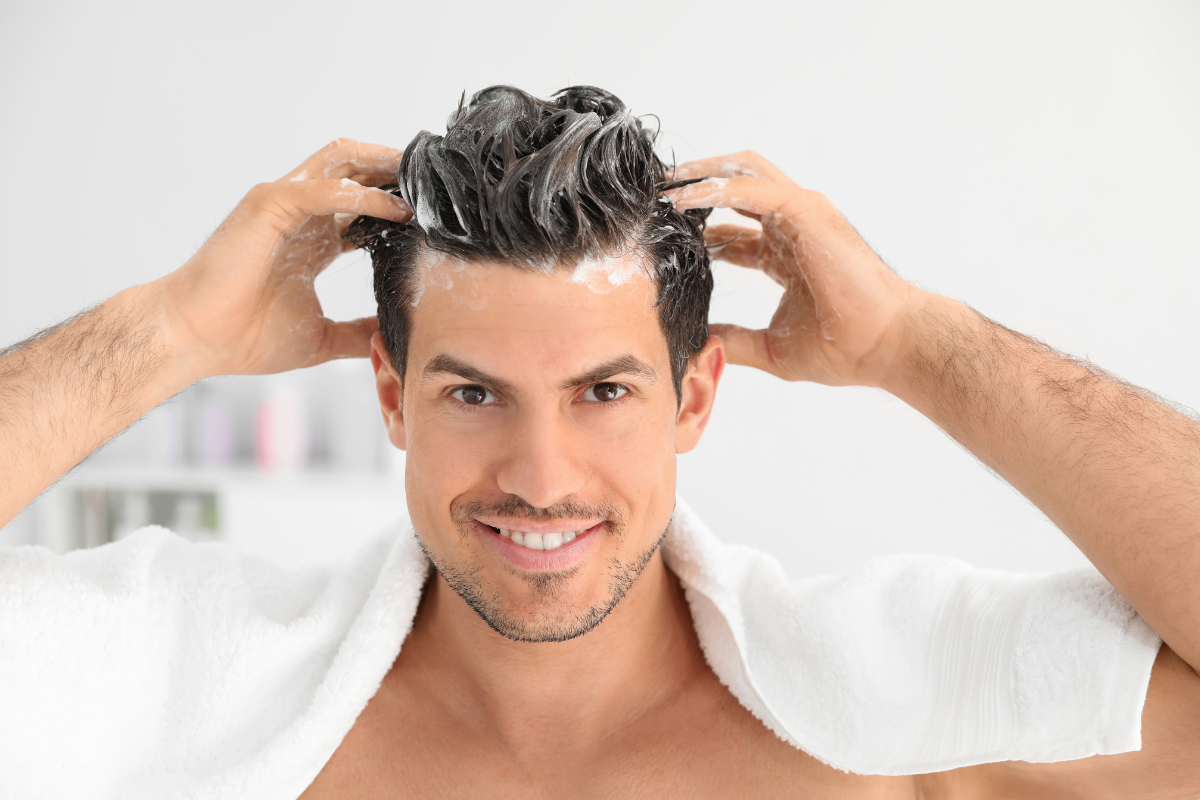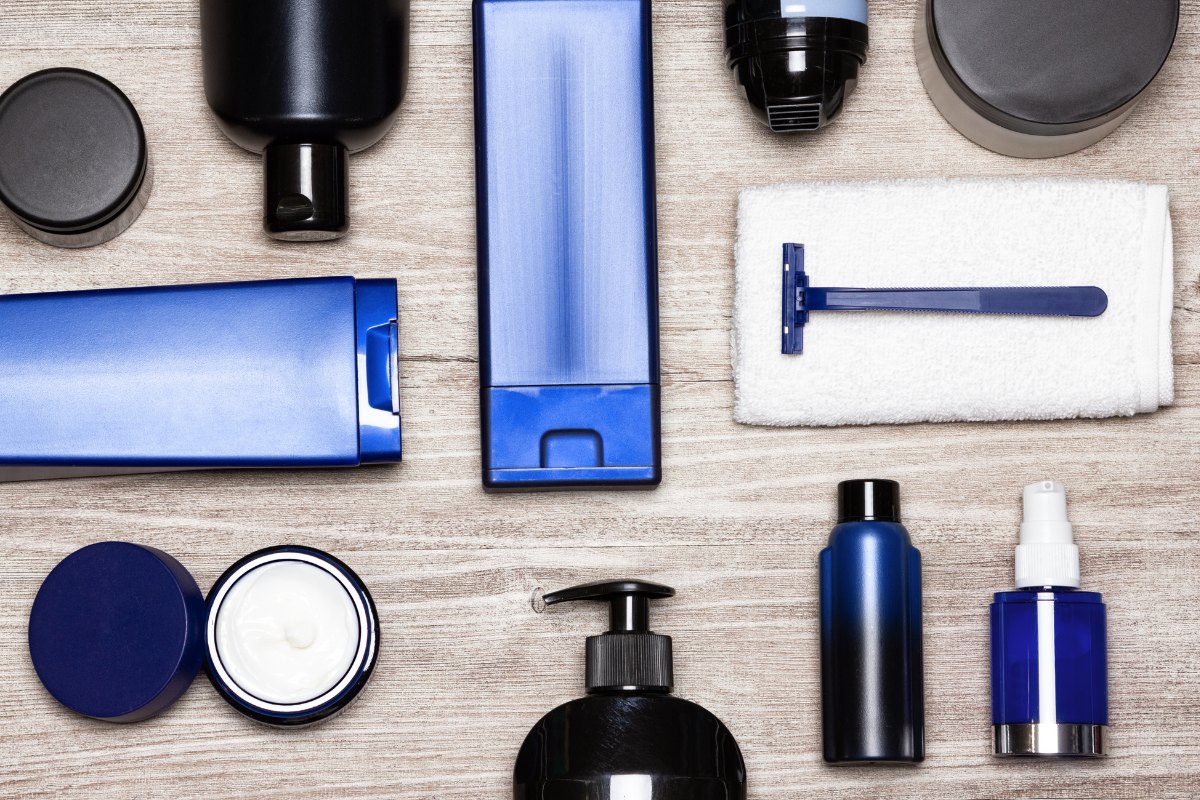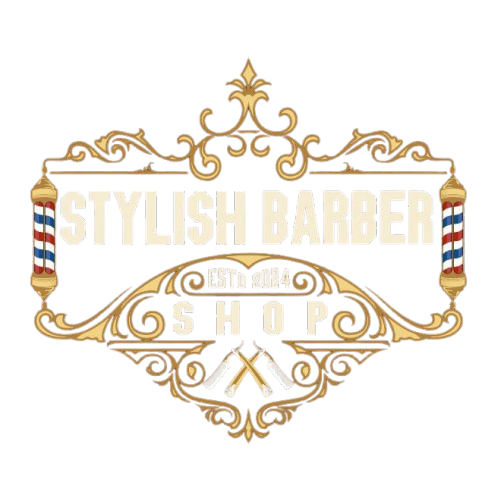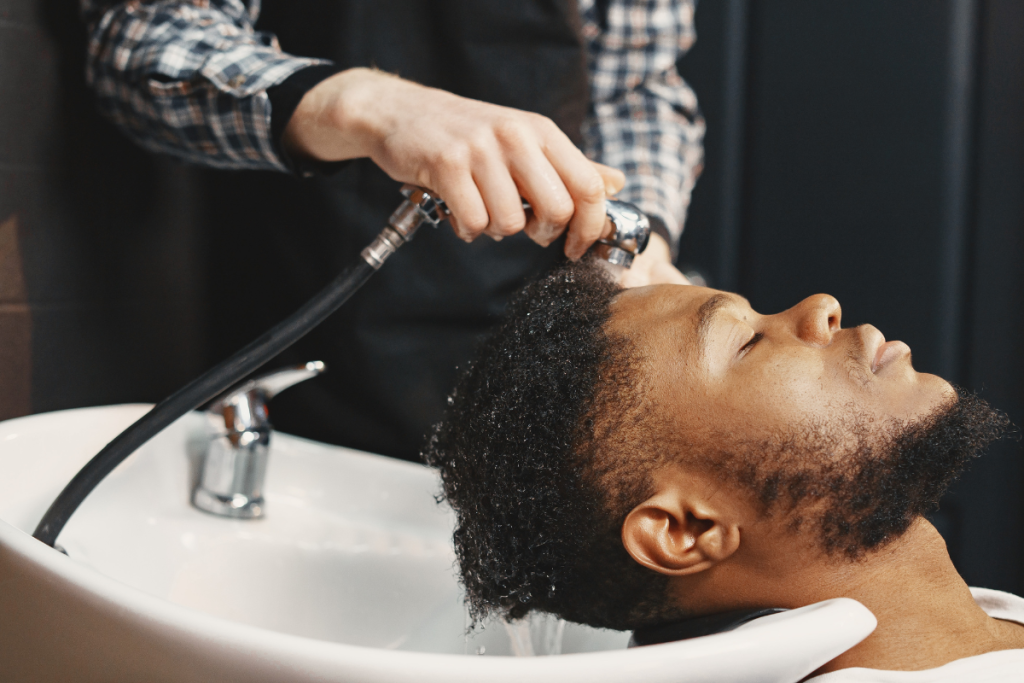Hair relaxers are often seen as a solution for men who want to manage tight curls, coils, or frizzy hair. Whether you’re aiming for a sleeker style or just want to reduce daily grooming time, chemical hair relaxers can help—but only if you choose the right product and approach the process with care.
In this article, we’ll take a real look at what makes a hair relaxer safe to use, how Canadian weather and water affect relaxed hair, and what men should consider before taking the plunge.
What Is a Hair Relaxer?
A hair relaxer is a chemical product that breaks down the protein structure of curly or coily hair to make it straighter. There are two main types:
- Lye-based relaxers (sodium hydroxide): Stronger and faster, but more irritating to the scalp.
- No-lye relaxers (calcium hydroxide): Gentler on the scalp but can leave mineral buildup on the hair if not properly cared for.
Both types permanently alter the hair’s structure, so it’s not a temporary solution like heat styling or straightening creams. Once your hair is relaxed, it stays straight until it grows out.
Best Hair Relaxers Safe for Men to Use
For men considering a safe and effective relaxer, here are some options commonly used and recommended by professionals:
1. Mizani Butter Blend Relaxer (No-Lye)
Formulated for coarse or resistant hair, Mizani’s no-lye relaxer uses a blend of shea butter, cocoa butter, and honey. It provides strength and moisture, minimizing scalp irritation.
2. ORS Olive Oil Professional Relaxer (Lye)
Great for men with thick or natural-textured hair. The olive oil helps nourish the hair during the chemical process. Best used by an expert who knows haircuts for such hair type, especially when applying around the scalp area.
3. SoftSheen-Carson Optimum Care No-Lye Relaxer
This is a solid at-home option for men with medium-textured hair. It includes a pre-treatment serum to protect the hair, which is especially helpful in drier climates like Canadian winters.
4. Affirm Sensitive Scalp Relaxer
Perfect for men with scalp sensitivity. This no-lye formula uses a conditioning complex to reduce discomfort during the process and is often used in professional barbershops.
Important: Always do a patch test first to check for allergic reactions, and never apply relaxers to irritated, damaged, or recently shaved skin.
Canadian Weather and Hard Water: Why It Matters
In Canada, particularly in cities like Kitchener and Waterloo, hard water is a major concern. Hard water contains minerals like calcium and magnesium that can cause product buildup, making relaxed hair feel dry, stiff, or brittle. This is especially true for no-lye relaxers, which tend to leave calcium residue.

To manage this:
- Use a clarifying shampoo once or twice a month to remove buildup.
- Follow up with a deep conditioner to keep hair soft and hydrated.
- Invest in a shower filter to reduce mineral exposure, especially in regions with very hard water.
In the winter, cold air and indoor heating strip hair of moisture. Use leave-in conditioners or hair oils like argan or jojoba to retain hydration.
How Often Should You Relax Your Hair?
Relaxing your hair too often weakens it. Most men only need to retouch the roots every 6 to 8 weeks, depending on hair growth and texture. Stretching the time between relaxers helps protect scalp health and avoid overlapping chemicals on already relaxed hair.
Aftercare Tips to Keep Relaxed Hair Healthy
Relaxed hair needs consistent care to stay healthy. Here are some essential tips:
- Moisturize daily with a lightweight, water-based leave-in spray.
- Use a wide-tooth comb or fingers to detangle—never brush dry, relaxed hair.
- Avoid heavy heat styling (like straighteners or blow dryers without protection), especially in dry winter months.
- Schedule regular trims every 4–6 weeks to prevent split ends.
- Book with a barber who is experienced in cutting hair with this issue, especially for men’s styles that require precision and clean lines.
Should You Relax Your Hair at Home?
DIY kits are available, but be cautious. Misapplication can lead to chemical burns, uneven texture, or breakage. If you’re new to hair relaxers, it’s best to consult a professional—especially someone who understands how to work with male hair types and styles.

Once you’re confident and familiar with your hair’s reaction to relaxers, at-home maintenance becomes more feasible.
Hair relaxers aren’t one-size-fits-all, and not every product is safe for every man. Choosing the right relaxer comes down to understanding your hair texture, scalp sensitivity, and lifestyle. Add in the effects of Canadian water and weather, and it’s clear why tailored advice matters.
If you’re ready to try a relaxer or fix a past one gone wrong book an appointment with a barber who understands men’s grooming needs and hair texture. At Stylish Barbershop, we’re here to help you look sharp and feel confident, whether you’re rocking natural curls or a sleek, relaxed finish.

